Missing WWII fighter plane is FOUND after 80 years: Aircraft that vanished in a daring raid on Italy is discovered 40ft underwater off the Gulf of Manfredonia
>
A fighter plane that disappeared in a daring raid on Italy – just days before the Allied invasion – has been found, solving a mystery that has persisted since World War II.
Warren Singer, an American pilot, disappeared in his P-38 Lightning on August 25, 1943, during an attack on Italian airfields near Foggia, in the east of the country.
The mission sought to weaken the Italian air response to the incoming landings, and was a major success – destroying 65 enemy aircraft at the expense of seven P-38s.
But 2nd Lt. Singer never reached his target, and Air Force records show he was last seen flying near Manfredonia, a town 22 miles east of Foggia.
Now, 80 years later, divers have found the wreckage of Singer’s plane 12 meters (40 feet) below Manfredonia Bay.
A fighter plane that disappeared in a daring raid on Italy has been found – just days before the Allied invasion – solving a mystery that has lasted since World War II.
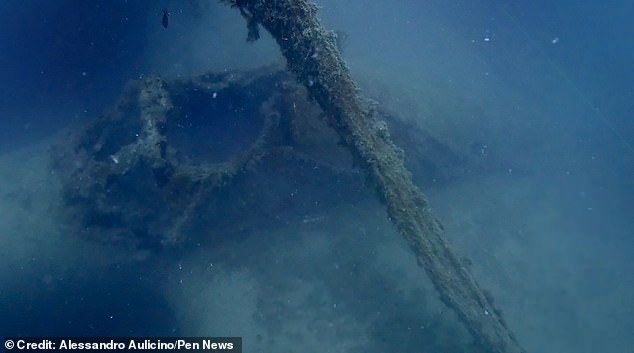
Now, 80 years later, divers have found the wreckage of Singer’s plane 12 meters (40 feet) below Manfredonia Bay.

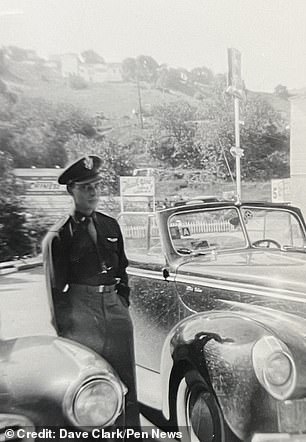
Warren Singer, an American pilot, disappeared in his P-38 Lightning on August 25, 1943, during an attack on Italian airfields near Foggia, in the east of the country.
Singer, who was only 22 years old, was survived by his wife, Margaret, whom he had married five months earlier, and who later gave birth to their daughter, Peggy, in January 1944.
In response to the discovery of the plane, his grandson Dave Clark said: “Warren is a hero to all of us, and we love him.”
“He was a very young man with love, hope and dreams.
“One of the really amazing things about the story is that Warren had 12 offspring.
“We are all alive because of the very short time Margaret and Warren had together.
“My mother recently realized that there are three days between the wedding and shipping it out.”
The diver who identified the wreck, Fabio Bisciotti, said it was in surprisingly good condition.
He said: “The plane is in very good condition… It most likely suffered a mechanical failure and fell into the water.”
“It didn’t get hit hard by anti-aircraft guns because it was so far from the coast – we’re talking about four miles, give or take.”
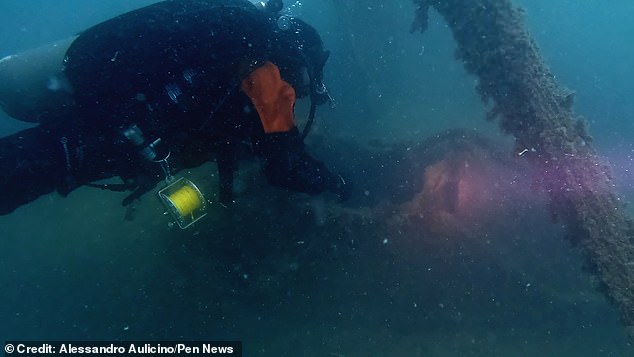
The diver who identified the wreck, Fabio Bisciotti, said it was in surprisingly good condition
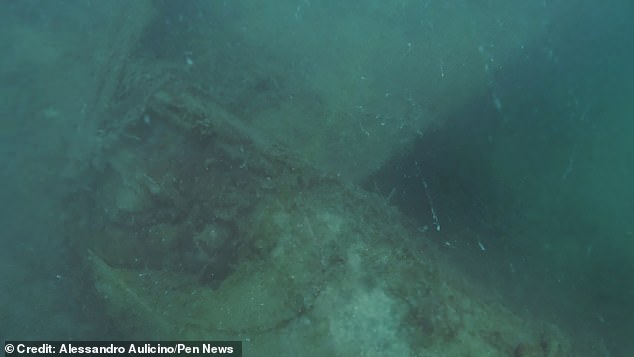
The diver said: “The plane is in very good condition… It most likely suffered a mechanical failure and fell into the water.”
Dr Bisciotti, who leads the Italian Maritime League’s underwater study group, said there was no trace of the body.
It is believed that Second Lieutenant Singer may have survived the wreck but then drowned.
He said: “The windows are open, so we are sure that he managed to get rid of the plane and who knows after that what happened.”
Maybe he tried to swim or fell because of his uniform.
“We’re sure he drowned.”
The diver was able to identify the wreck as a P-38 due to the aircraft’s distinctive two-boom design.
He was able to narrow it down to Singer’s plane, as records show it was the only P-38 lost at sea in the area.
In the book Lightning Strikes, the National P-38 Association’s internal publication, historian Steve Blake recounted the circumstances of Singer’s disappearance.
He said 166 P-38s took off from Tunisia that day, flew east, crossed the Italian peninsula, then followed the coast north to Manfredonia, before turning inland toward Foggia.
137 aircraft reached their target, others turned back due to various mechanical problems, and one aircraft, a Singer, disappeared completely.
The young pilot’s missing aircrew report described how his comrade Carl Hendricks struggled to get rid of his auxiliary fuel tanks and fell behind his formation.
The report said that Singer’s “last appearance” was when he “returned to be with Lieutenant Hendricks on the coast.”
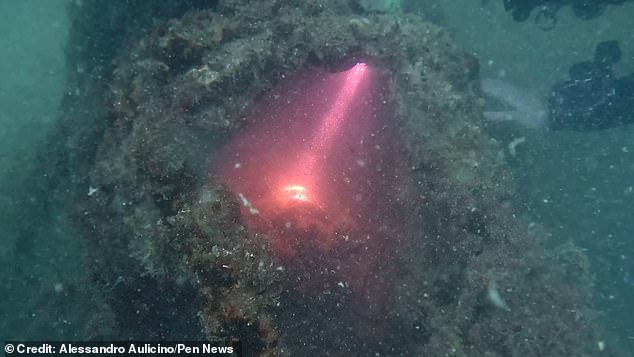
The diver was able to identify the wreck as a P-38 due to the aircraft’s distinctive two-boom design.
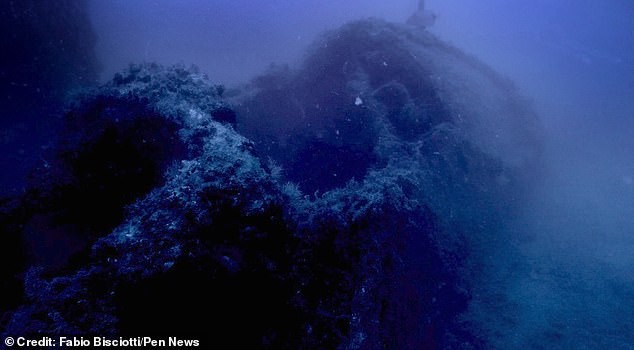
The diver was able to pin it down to Singer’s plane, as records show it was the only P-38 lost at sea in the area.
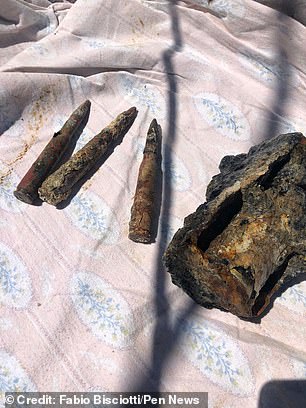
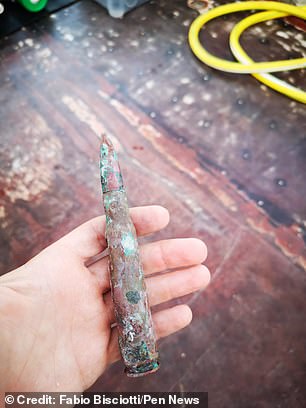
Divers discovered 50 bullets and an engine canister inside the P-38 Lightning
Another comrade, Fred Seeley, later stated that the missing pilot had flown alongside him and noted that he too had been struggling to ditch his tanks, before turning back.
Whatever happened, Singer, of Peoria, Illinois, was never found.
The pilot, who was a sophomore at the University of Illinois Urbana-Champaign, was pronounced dead a year and one day later, on August 26, 1944.
His name is listed on the missing persons tablets at the North African American Cemetery and Memorial in Carthage, Tunisia.
Dr. Bisciotti was assisted by fellow divers Mariagrazia Antonacci, Alessandro Ulicino and Pietro Amoruso, in the historical research conducted by Giuseppe Iacomino.
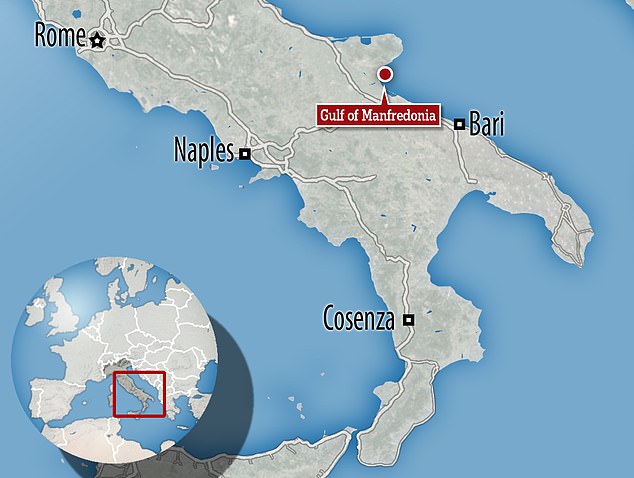
The shipwreck was discovered by divers who were searching off the coast of the Italian Gulf of Manfredonia
Although Italy and the United States may have been at war when Singer died, Dr Bisciotti said it was a “huge honour” to recognize his plane.
He said: “It is important to remember that we are talking about a human being; That he believed in what he was doing, so it didn’t matter friend or foe, he should be honored.
A spokesman for the Department of Defense/Department of Defense POW Accounting Agency (DPAA), which is investigating what happened to missing US troops, said it had been alerted to the discovery.
“DPAA has received information from the Italian Maritime Association about this issue and is investigating the situation,” they said.
(tags for translation)dailymail
